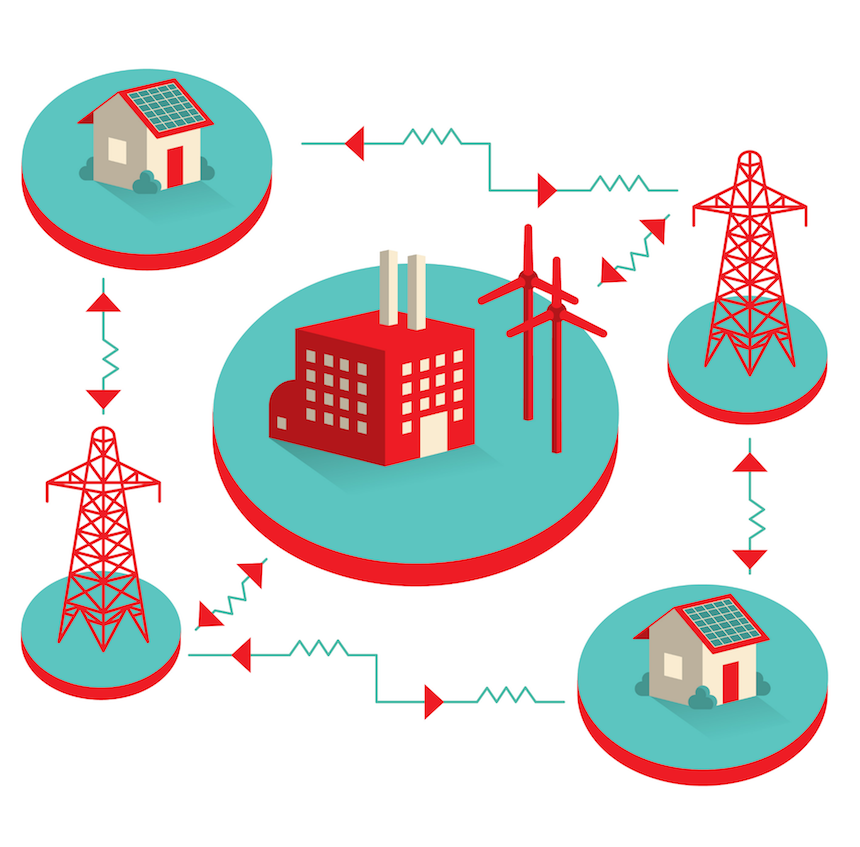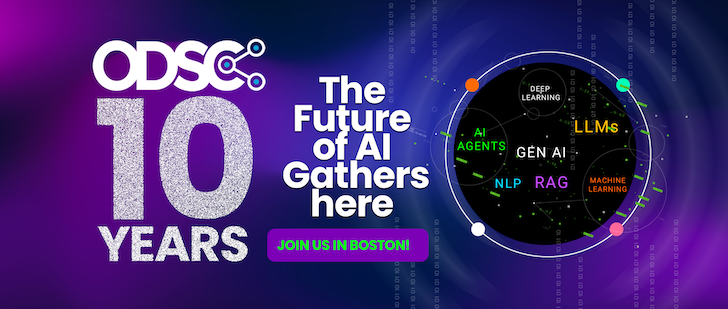
A project led by the Department of Energy’s SLAC National Accelerator Laboratory will combine artificial intelligence with massive amounts of data and industry experience from a dozen U.S.partners to identify places where the electric grid is vulnerable to disruption, reinforce those spots in advance, and recover faster when failures do occur.
The eventual goal is an autonomous grid that seamlessly absorbs routine power fluctuations from clean energy sources like solar and wind and quickly responds to disruptive events – from major storms to eclipse-induced dips in solar power – with minimal intervention from humans.
“This project will be the first of its kind to use artificial intelligence and machine learning to improve the resilience of the grid,” said Sila Kiliccote, director of SLAC’s Grid Integration, Systems and Mobility lab, GISMo, and principal investigator for the project. “While the approach will be tested on a large scale in California, Vermont and the Midwest, we expect it to have national impact, and all the tools we develop will be made available either commercially or as open source code.”
SLAC says that the project, called GRIP, for Grid Resilience and Intelligence Project, builds on other efforts to collect massive amounts of data and use it to fine-tune grid operations, including SLAC’s VADER project. It’s one of seven Grid Modernization Laboratory Consortium projects aimed at boosting grid resilience that will receive up to $32 million in funding as part of the DOE’s Grid Modernization Initiative. GRIP was awarded up to $6 million over three years.
The project will use both machine learning, where computers ingest large amounts of data and teach themselves how a system behaves, and artificial intelligence, which uses the knowledge the machines have acquired to solve problems.
SLAC’s GISMo lab, which works with Stanford University, utilities and other industry partners on smart grid technology, will develop machine learning algorithms that digest data from satellite imagery, utility operations and other sources and build knowledge about how electrical distribution systems work.
“One of the first places we will test our data analytics platform is at a major California utility,” Kiliccote said. “The idea is to populate the platform with information about what your particular part of the grid looks like, in terms of things like solar and wind power sources, batteries where energy is stored, and how it’s laid out to distribute power to homes and businesses. Then you begin to look for anomalies – things that could be configured better.”
For instance, she said, a grid can be divided into “islands,” or microgrids, that can be isolated to prevent a power disruption from spreading and taking the whole system down.
“You can also learn a lot just from satellite imagery,” Kiliccote said. “For example, you could see where vegetation is growing with respect to the power lines, and anticipate when trees are likely to grow over the power lines and pull them over during a storm.”
The knowledge and tools developed by the project will be passed along to another partner in the project, the National Rural Electric Cooperative Association (NRECA), which represents 834 distribution cooperatives that provide electricity to an estimated 42 million people in forty-seven states. The association will help deploy the tools the team develops on standard utility industry platforms, make them available to its members and help the team integrate them into existing industry planning and operational workflows.
One of those members, Vermont Electric Cooperative, has already been working with Packetized Energy, which develops software and hardware that adjust the power consumption of water heaters and other thermostat-controlled devices when the grid becomes overloaded or the power supply from renewables fluctuates. “We’re working with both of them to build additional controls into that system and demonstrate how we can absorb grid events by reducing loads and moving them around,” Kiliccote said.
Another partner, the DOE’s Lawrence Berkeley National Laboratory, will be deploying and validating control systems it has developed for solar inverters that automatically convert the variable direct current from photovoltaic systems to AC current that’s fed into the grid.
“Berkeley Lab has pioneered the development of algorithms that can optimally manage distributed energy resources, like wind, solar and batteries, and are completely plug and play,” said Dan Arnold, a research scientist who is leading the Berkeley Lab part of the project. “In this project we’re partnering with SLAC to deploy and test our approach in a real utility network. With these algorithms, we hope to be able to create an electric grid that can use distributed energy resources to automatically reconfigure itself to maximize reliability during normal operations or emergencies.”


